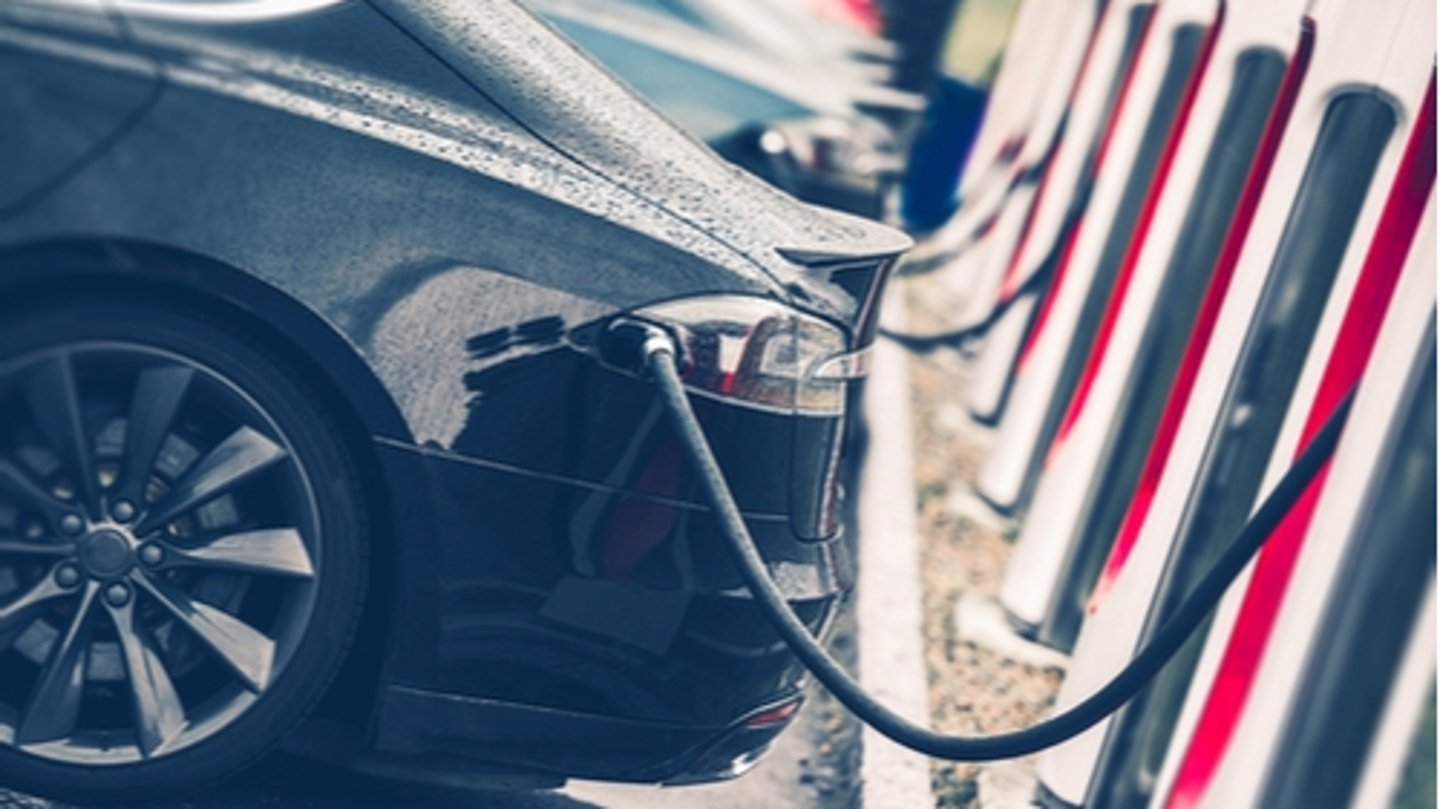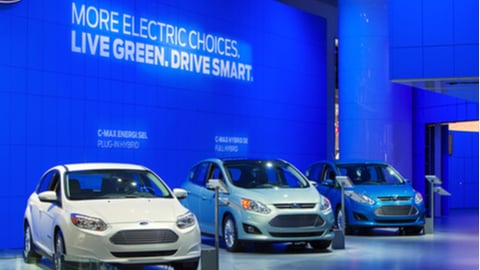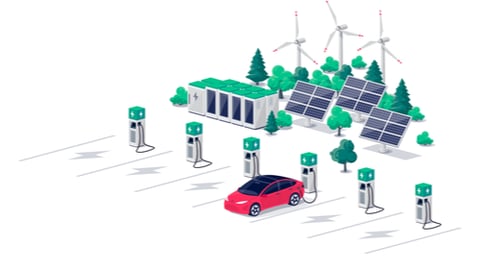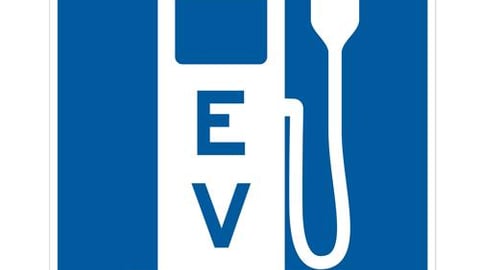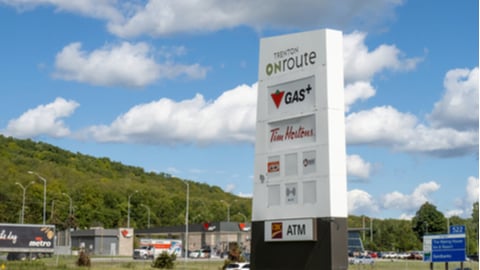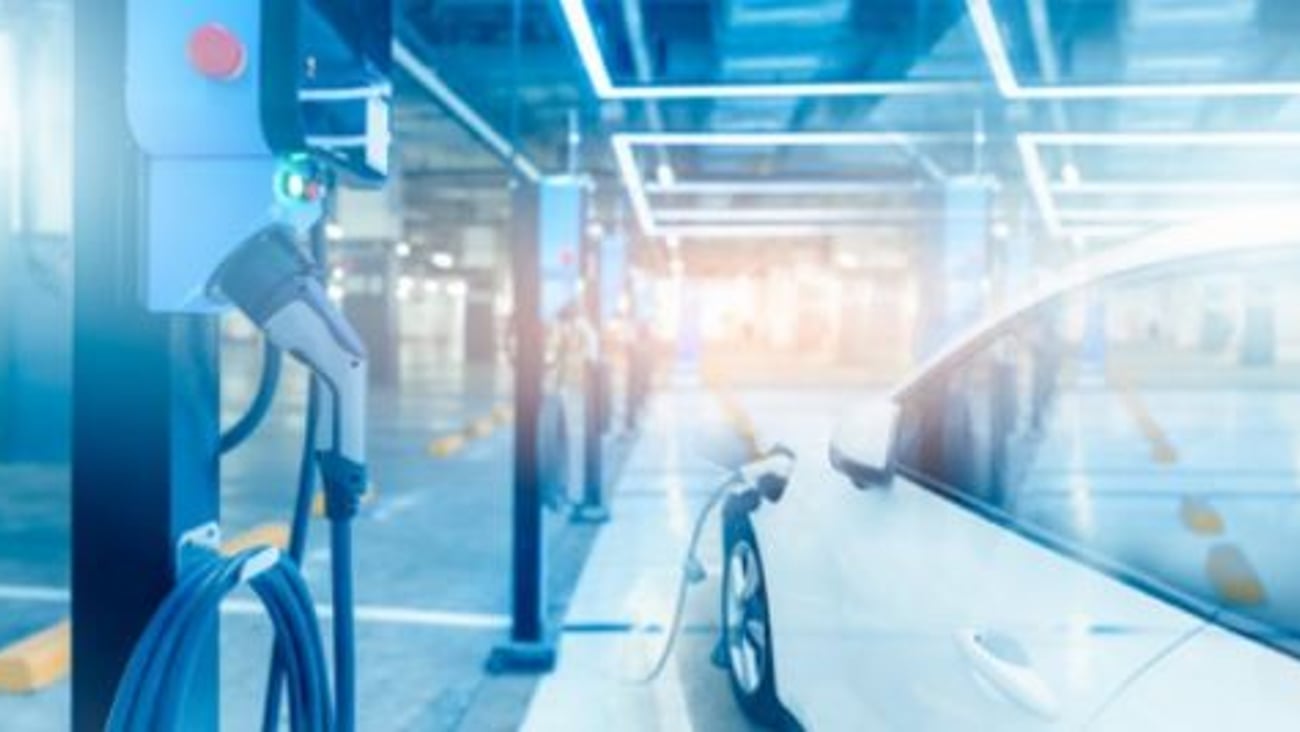Alternating Current: The changing EV charging landscape
Exactly a year ago, we reported on the electric vehicle (EV) charging landscape in Canada. At that time, the news focused on the growth of the charging network here in Canada and drilled down to look at the companies making the biggest strides.
A year later, driven by various moves by EV manufacturers, the companies responsible for these networks are engaged in a battle for network supremacy. This fight could well have repercussions for the entire retail refuelling industry. It’s just another confusing piece in an already confusing puzzle that is the march towards the adoption of zero-emission vehicles.
Here’s where things stand as of right now. This past June, the CEOs of Ford and General Motors (GM), despite their apparent distaste for Elon Musk and his way of doing business, appeared to surrender to Tesla’s CEO.
While the big two U.S.-based manufacturers are rapidly gaining ground in producing high-performing EVs to rival those of Tesla, both automakers seemed to admit no EV charging company could catch up to the Tesla Supercharger Network.
In a deal that surprised nearly every industry analyst, Ford announced that their EVs would join the Supercharger Network and adopt Tesla’s North American Charging Standard (NACS). General Motors quickly followed.
This development immediately signalled that the top three EV manufacturers in North
America by volume—Tesla, GM and Ford—would all be supporting Musk’s recharging
business. Electric vehicle start-up Rivian then added its name to the list of Supercharger Network customers, as did Nissan. Wedbush analyst Dan Ives referred to the news as being a watershed moment for Musk and his ambitions.
“For Tesla, we believe this is a large monetization opportunity for the company in its supercharger story,” he wrote at the time. Ives estimated that the Ford and GM deals alone would generate an additional $3 billion in EV charging revenue for Tesla over the next few years. Opening up the Supercharger Network to rival companies also paves the way for Tesla to receive billions of dollars in subsidies from the U.S. government.
For all intents and purposes, it looked like it was time for rival car manufacturers to wave the white flag and admit that they would never catch up to Tesla.
But in early July, there was another big announcement regarding EV charging
infrastructure in North America. Seven major global automakers—BMW Group, Honda, Hyundai, Kia, Mercedes-Benz Group, Stellantis NV and, yes, General Motors—have banded together to create a new charging network joint venture. The goal of the project is to install “at least 30,000 high-powered charge points in urban and highway locations” across North America, starting next summer. These charging stations will accommodate both the Tesla NACS connectors and the Combined Charging System (CCS) connectors that most other EVs utilize.
The announcement also referred to establishing dedicated recharging locations that offer EV drivers one-stop convenience: “[T]he stations will be in convenient locations, offering canopies wherever possible and amenities such as restrooms, food service and retail operations either nearby or within the same complex.”
So, like the Tesla Supercharger Network, these locations will have the potential to draw traffic away from the traditional retail refuelling stations. The question then becomes: Does it now make sense for these refuelling stations to add EV chargers to their locations? Or should they simply double-down on catering to drivers of internal combustion engine vehicles? Is the small (but growing) percentage of EV drivers worth the added investment?
As far as Mike MacKay is concerned, it may not be the time to jump to conclusions. An EV charging specialist for National Energy Equipment (NEE) Inc., he says the topic of installing chargers is regularly top of mind: “When we’re asked by our biggest customers, ‘What should we do?’ The answer is, at the moment, just sit tight and see what becomes available,” he says. “Nothing will change over the next year to two—2025 is the start of the new generation of Ford and GM connectors… [These] announcements aren’t fundamentally a threat to the companies in the retail petroleum industry.”
As the landscape seems to be ever-shifting, the notion of installing an EV charger or multiple chargers still requires plenty of calculus. Is the time right to make the jump? Competing stations targeted at EV drivers are opening up all the time and governments are supporting these developments, which means the tipping point is not far off in the future.
Originally published in the September/October 2023 issue of OCTANE.


